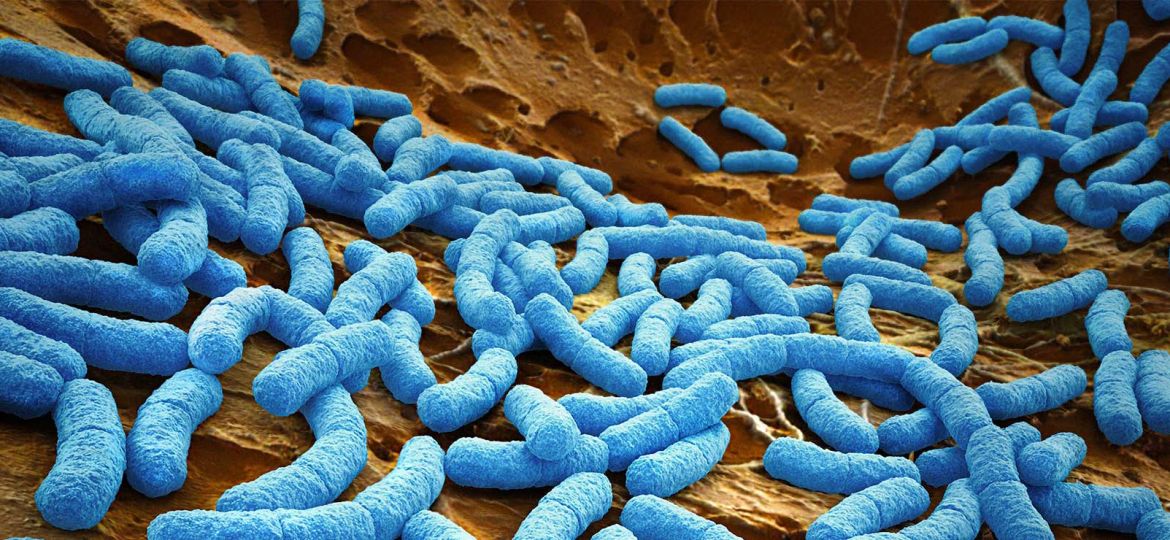
WHY THIS MATTERS IN BRIEF
- Antibiotic resistance is growing to epidemic proportions but now scientists have shown that they can kill infectious bacteria with a new “Genetic chainsaw”
About 10 years ago, Rodolphe Barrangou, a transplanted Frenchman with a Ph.D. in genomics from North Carolina State University (NCSU), chose the obscure subject of his research to put on the license plate of his car: CRISPR. He is still driving the same gray Honda Accord, but the name it brandishes is now one of the hottest areas of medical research.
Many people are excited by the potential of the genetic tool CRISPR-Cas9, which is so powerful and revolutionary it’s being called the “Genesis engine” that it, and the companies and universities researching, who are using it to rip HIV out of living cells, create cancer vaccines, designer babies and new forms of life and even new bioweapons, have garnered billions of dollars in investment. But Cas9, CRISPR’s most popular incarnation so far apparently isn’t the only possible application of CRISPR.
Dr. Barrangou, now a food scientist who runs a CRISPR lab at NCSU, is among a growing number of researchers who think that other approaches may reach doctors and patients more quickly, for example, one CRISPR system that chews up bacterial DNA like a chain saw may hold promise in treating potentially deadly infections in different parts of the human body.
CRISPR, which stands for Clustered Regularly Interspaced Short Palindromic Repeats, is thought to have evolved in bacteria over three billion years ago – ironically it’s one of Earth’s oldest “technologies” and it’s one that three billion years later we’re only just starting to get our heads round it. CRISPR is the immune system that bacteria use themselves to capture an invader’s DNA and integrate it into the genome of the bacteria to fend off future attacks.
There are actually six major types of CRISPR systems in nature, each of which uses different enzymes to perform tasks. Dr. Barrangou wants to use the CRISPR-Cas3 system to tackle antibiotic resistance.
The Cas9 and Cas3 enzymes have some things in common. For one thing, both can be programmed to target DNA but Cas9 cuts DNA like a surgeon’s scalpel, Cas3 on the other hand, says Dr. Barrangou, operates more like Pac-Man, chewing up DNA and causing extensive damage that can’t be readily fixed. Dr. Barrangou says that the goal is to get harmful bacteria to commit what he calls “cell suicide”.
“Cas3 is a meaner system and more cumbersome than Cas9,” he says, “but if you want to cut a tree and get rid of it, you bring a chain saw, not a scalpel.”
Dr. Barrangou and his colleagues founded a company called Locus Biosciences in Raleigh, N.C., to use reprogrammed CRISPR-Cas3 to develop antimicrobials and tackle infectious diseases that are increasingly resistant to antibiotics, such as C.difficile, E.coli and MRSA. Challenges remain though, including testing the delivery of CRISPR to the bacteria.
“We aren’t trying to edit it,” says Paul Garofolo, Locus’s CEO, “we are trying to kill it.”
This new focus on the potential of other CRISPR systems can be traced at least in part, scientists say, to a 2015 study in the journal Cell identifying a new system called Cpf1 that cuts differently than Cas9. Researchers contend that Cpf1 may ultimately allow for more precise gene editing in humans than Cas9.
Chase Beisel, a NCSU assistant professor and one of the founders of Locus, says that he has noticed the change in attitude. For a time, when he told people that he was working on CRISPR-Cas3, they used to say, “That’s wonderful. Why aren’t you using Cas9?” Now, he says, there is wider appreciation for “the diversity of CRISPR Cas systems.”
Dr. Barrangou talks about CRISPR like some people talk about fine wine or a gourmet meal. Each one has its own purpose and particular flavour. He came to appreciate the range of CRISPRs while working at the Danish company Danisco, which DuPont bought in 2011. He and his colleagues were particularly interested in the bacteria Streptococcus thermophilus, which is crucial to cheese and yogurt manufacturing but susceptible to attack by viruses that can cause fermentation failure. When that happens, he says, “milk remains milk and doesn’t become cheese.”
They soon realized that the bacteria were using CRISPR to fend off virus attacks. For bacteria, says Dr. Barrangou, CRISPR is “essentially a lifestyle decision.” When the bacteria are in a hostile environment and under attack, having a strong CRISPR defense makes strategic genetic sense. In friendlier conditions, they may choose a different approach. When asked whether he favours Cas9 or Cas3, he says Cas9 is his first love – but in the end, it all depends.
“Cas9 for editing and precision,” he says. “Cas3 for killing and damage.”
















